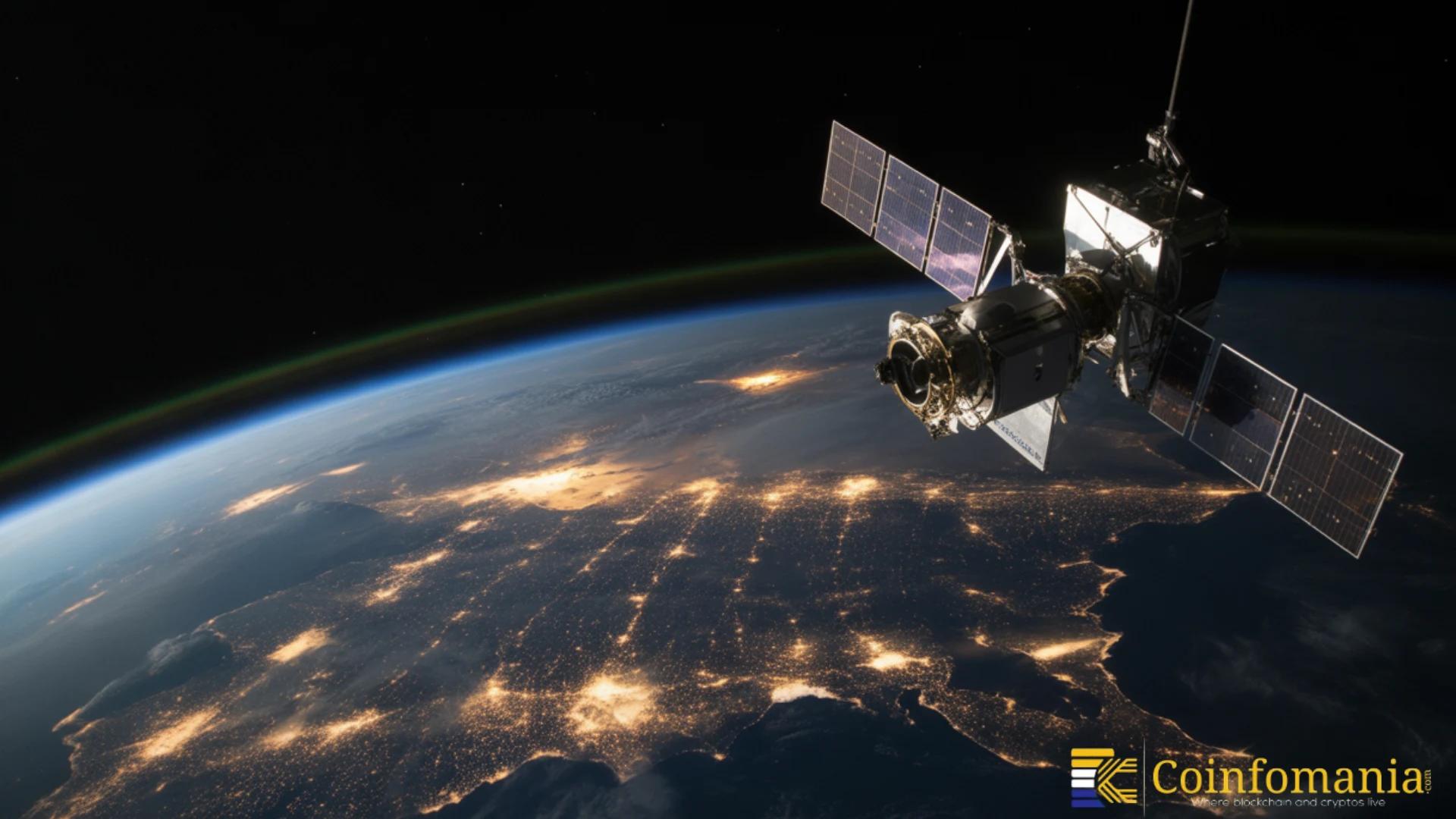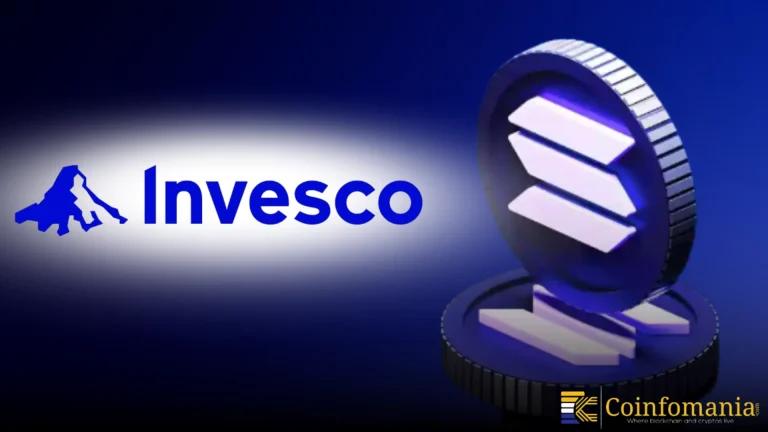SpaceX Crushes Records with 10,000 Starlink Satellites—No One Even Close!
SpaceX hits 10,000 Starlink satellites in orbit, outpacing every competitor on Earth. How did Elon Musk’s team pull it off?

Quick Take
Summary is AI generated, newsroom reviewed.
SpaceX crossed 10,000 Starlink satellites, surpassing all historical spacecraft launches.
The company launches new missions every 48 hours, a world record.
Starlink provides global low-latency coverage, reaching remote areas.
Competitors like Amazon Kuiper and OneWeb remain far behind.
According to a recent report by Mario Nawfal, SpaceX officially reached 10,000 Starlink satellites in orbit last week. This achievement has proven that SpaceX has dominated the satellite communications competition fully. Prior to the initiation of Starlink, a total of about 8,700 spacecrafts were launched into space around the world. The company of Elon Musk has already surpassed any other endeavor in the world in the past.
SpaceX Launches Starlink Missions
Starlink is the program of SpaceX that operates with the highest velocity and accuracy. The firm has introduced new missions of its Starlink every 48 hours, and it has the fastest pace of introducing missions in space ever. This pace of operation makes space deployment an industrial process. SpaceX set a record of a further turnaround in California, taking off the same pad within 2 days and 10 hours. This economy continues the constellation to expand exponentially.
The Starlink network has now provided pole-to-pole high-speed low-latency internet coverage. The constellation guarantees the stable connectivity to remote and underserved areas of the world. Starlink is now available in remote villages, on ships at sea, and even in the Antarctic research bases, giving its users a connection. SpaceX hopes to transform the global world into a universal broadband environment in 10 years.
Competitors Lag Far Behind
SpaceX is a monopoly in the satellite internet industry. Project Kuiper by Amazon has not yet rolled out its main fleet, and OneWeb, even after a merger with Eutelsat, is a long way behind. The satellite internet projects in China are also years behind SpaceX projects. By October 2025, SpaceX will have a record of 10,000 satellites per company and country.
Every Starlink satellite and the V2 Mini series in particular has next-generation technology. Satellites operate on the frequencies of Ka-band and W-band (7186 GHz) to increase capacity and decrease latency. They carry laser interconnections and therefore, satellites can communicate since they do not need to pass through ground stations. Each of the units was designed to withstand 5,000 propulsive maneuvers and 350 collision avoidance maneuvers in order to be safe and sustainable in space.
SpaceX engages in good space management. The satellites have an autonomous deorbit system that is turned on at the end-of-life and reduces orbital debris. The company ensures it has a debris mitigation rate of over 98 which is among the best in the industry. This emphasis on security feeds into the long term vision of Starlink and maintains low Earth orbit stable in the future missions.
Two Test Satellites to a World Network
In February 2018, SpaceX put its first two test satellites of Tintin A and B into orbit. The initial batch of 60 Starlinks was put into orbit in May 2019. The project was rapidly growing, reaching hundreds of launches annually by 2022. In a single year, 2025, SpaceX successfully finished more than 160 orbital missions, the majority of them being Starlink.
Starlink has now linked millions of customers in rural areas where fiber and mobile networks do not work. It supplies emergency services to natural disasters and supplies military and aviation communication systems with power. Analysts assume that by 2027, Starlink will have a base of more than 10 million active users and will reach billions of dollars of annual revenue.
The giant constellation is a cause of concern over the congestion of space. SpaceX collaborates with other agencies around the world in controlling and tracking satellite traffic. Individual Starlink satellites evade collisions with autonomous navigation systems. In spite of the criticism, space agency data indicate that Starlink is a forefront company in terms of adherence to the requirements of the mitigation of the debris.
References
Follow us on Google News
Get the latest crypto insights and updates.


